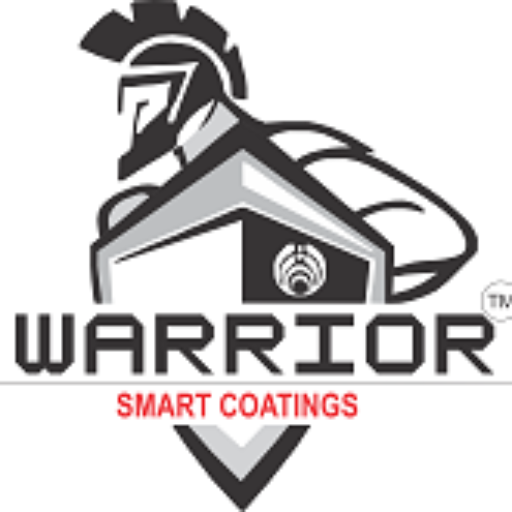Coatings are applied to surfaces to protect them from various environmental factors, enhance their appearance, and impart specific properties such as water repellency, corrosion resistance, or increased durability. “Always Dry” coatings, particularly water-based ones, are an example of hydrophobic coatings designed to repel water and other liquids. Here are more details about these types of coatings:
Types of Coatings
- Hydrophobic Coatings:
- Function: Repel water, causing it to bead up and roll off the surface.
- Applications: Textiles, footwear, car exteriors, electronics, and building materials.
- Benefits: Protection from water damage, easier cleaning, and maintenance.
- Oleophobic Coatings:
- Function: Repel oils and greasy substances.
- Applications: Touchscreens, eyeglasses, and kitchen surfaces.
- Benefits: Fingerprint resistance, easy cleaning.
- Anti-Corrosion Coatings:
- Function: Prevent or slow down the corrosion of metal surfaces.
- Applications: Automotive parts, marine equipment, pipelines.
- Benefits: Prolongs the lifespan of metal components.
- Thermal Barrier Coatings:
- Function: Provide thermal insulation.
- Applications: Aerospace, automotive engines, and industrial machinery.
- Benefits: Improved energy efficiency, protection from heat damage.
- Anti-Fouling Coatings:
- Function: Prevent the accumulation of biofouling organisms.
- Applications: Ship hulls, underwater structures.
- Benefits: Reduced drag, improved fuel efficiency.
Features of Always Dry Water-Based Coatings
- Hydrophobic and Oleophobic Properties:
- Repel water and oils effectively.
- Keep surfaces clean and dry.
- Environmentally Friendly:
- Low VOC content.
- Non-toxic and biodegradable options available.
- Durability:
- Long-lasting protection.
- Resistance to abrasion and wear.
- Ease of Application:
- Simple to apply with spray, brush, or dip methods.
- Quick drying times.
- Breathability:
- Important for textiles and leathers, allowing moisture vapor to escape while keeping liquid water out.
Applications
- Textiles and Apparel: Waterproofing jackets, shoes, and outdoor gear.
- Automotive: Protecting car exteriors, windshields, and upholstery.
- Electronics: Water resistance for devices like phones and cameras.
- Building Materials: Preventing water damage to wood, concrete, and stone surfaces.
- Industrial Equipment: Protecting machinery from corrosion and moisture damage.
Benefits
- Enhanced Protection: Guards against water, stains, and other contaminants.
- Maintenance Reduction: Surfaces stay cleaner for longer, reducing the need for frequent cleaning.
- Cost-Effective: Prolongs the lifespan of coated items, reducing replacement and maintenance costs.
